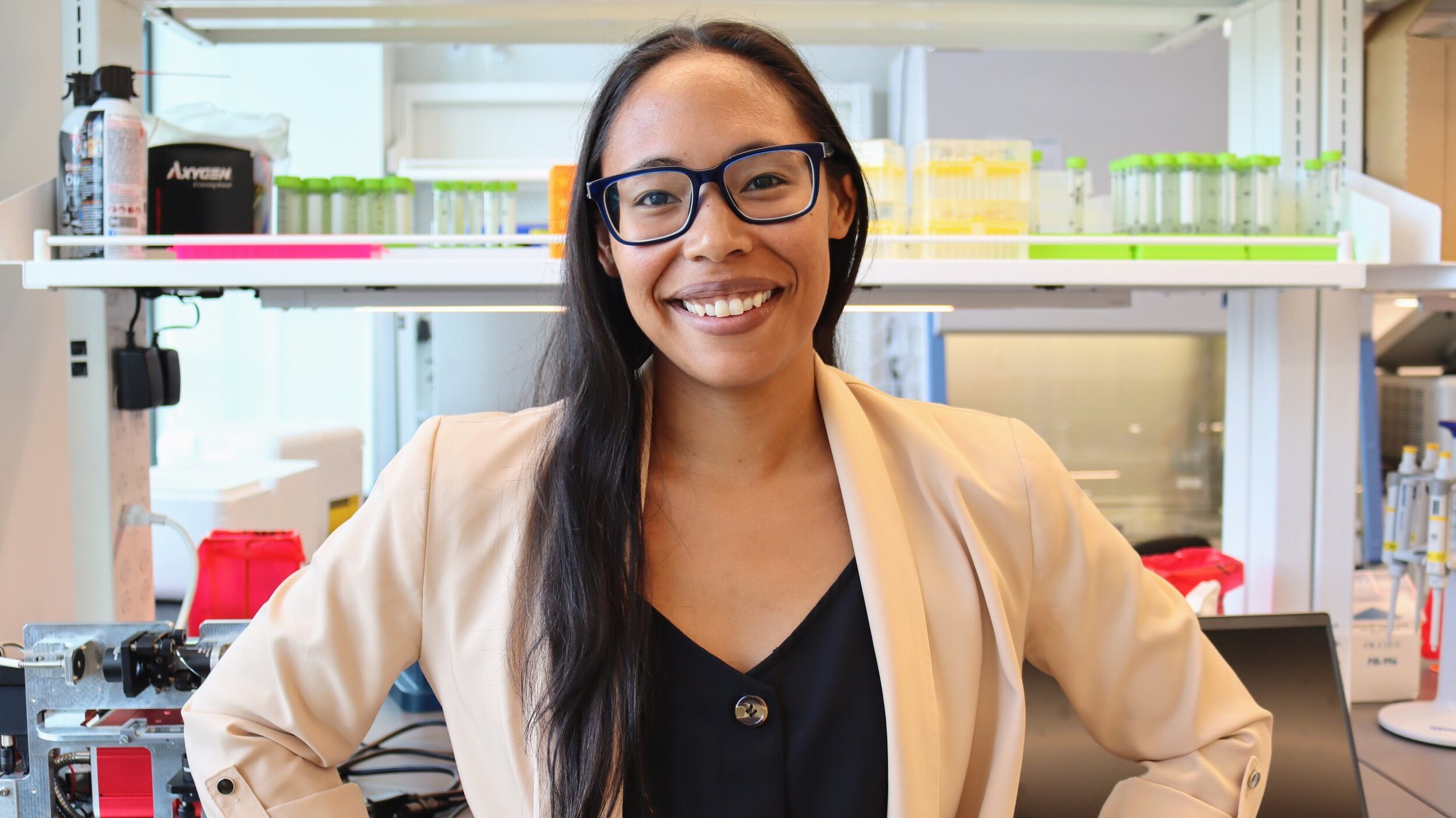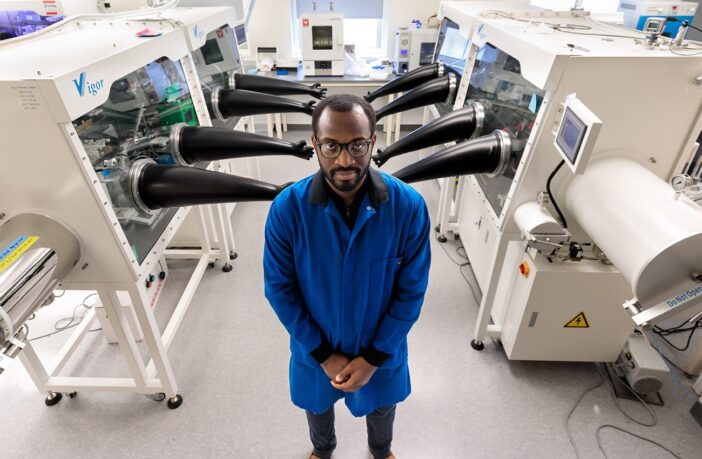Every year, MIT highlights young leaders worldwide who are making a difference through research and entrepreneurship. This year’s innovators are tackling issues in biotechnology, the climate sector, robotics, and more.
Chosen from hundreds of nominees by expert judges and the MIT Technology Review editorial team, these trailblazers are changing the future of science and technology.
Here, we’ve highlighted some of the Black and Brown innovators featured on the MIT 2024 Under 35 List.
Mireille Kamariza, University of California, Los Angeles
Image credit: mireillekamariza.com
Mireille Kamariza, 35, developed a groundbreaking test that detects tuberculosis bacteria in under one hour. Using a dye that fluoresces in the presence of live M. tuberculosis, her test can also assess drug resistance, revolutionizing diagnostics for a disease that kills 1.3 million people annually. Kamariza co-founded OliLux Biosciences to bring her technology to the field, expanding its potential to diagnose not only TB but other diseases.
Chibueze Amanchukwu, University of Chicago
 Image credit: UChicago Pritzker School of Molecular Engineering / John Zich
Image credit: UChicago Pritzker School of Molecular Engineering / John Zich
Chibueze Amanchukwu, 31, created a safer electrolyte for lithium-ion batteries, which power most electronics and electric vehicles (EVs). His new liquid electrolyte, free of fire-causing solvents, works at 45°C, making it ideal for EVs and grid energy storage. This breakthrough could transform battery safety and performance in the future.
Andee Wallace, Robigo
 Image credit: SynBioBeta
Image credit: SynBioBeta
Andee Wallace, 33, is revolutionizing crop protection with engineered microbes that offer a safer alternative to chemical pesticides. Her company, Robigo, uses CRISPR technology to target harmful bacteria in crops like tomatoes, reducing disease without environmental harm. Early tests showed a 90% drop in symptoms and 15% to 20% taller plant growth.
Alejandro Aguilera Castrejón, Howard Hughes Medical Institute
 Image credit: Janelia Research Campus, Howard Hughes Medical Institute
Image credit: Janelia Research Campus, Howard Hughes Medical Institute
Born in Mexico City, Alejandro Aguilera Castrejón, 32, became fascinated by molecular biology at university. In 2021, while working in a cutting-edge lab in Israel, he made history by growing mouse embryos outside the womb. Now leading his own lab at Howard Hughes Medical Institute, his “mechanical womb” offers a groundbreaking way to study fetal development, with potential future applications in growing human tissues.
Leopold Green, Purdue University
 Image credit: Leopold Green
Image credit: Leopold Green
Leopold Green, a 34-year-old synthetic biologist at Purdue University, is creating DNA nanotubes that could revolutionize how we treat chronic diseases. By engineering microbes like E. coli to secrete proteins that influence immune responses, Green envisions using these nanotubes to deliver therapies for conditions like eczema and other immune-related disorders.



